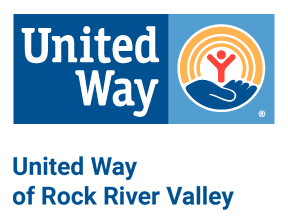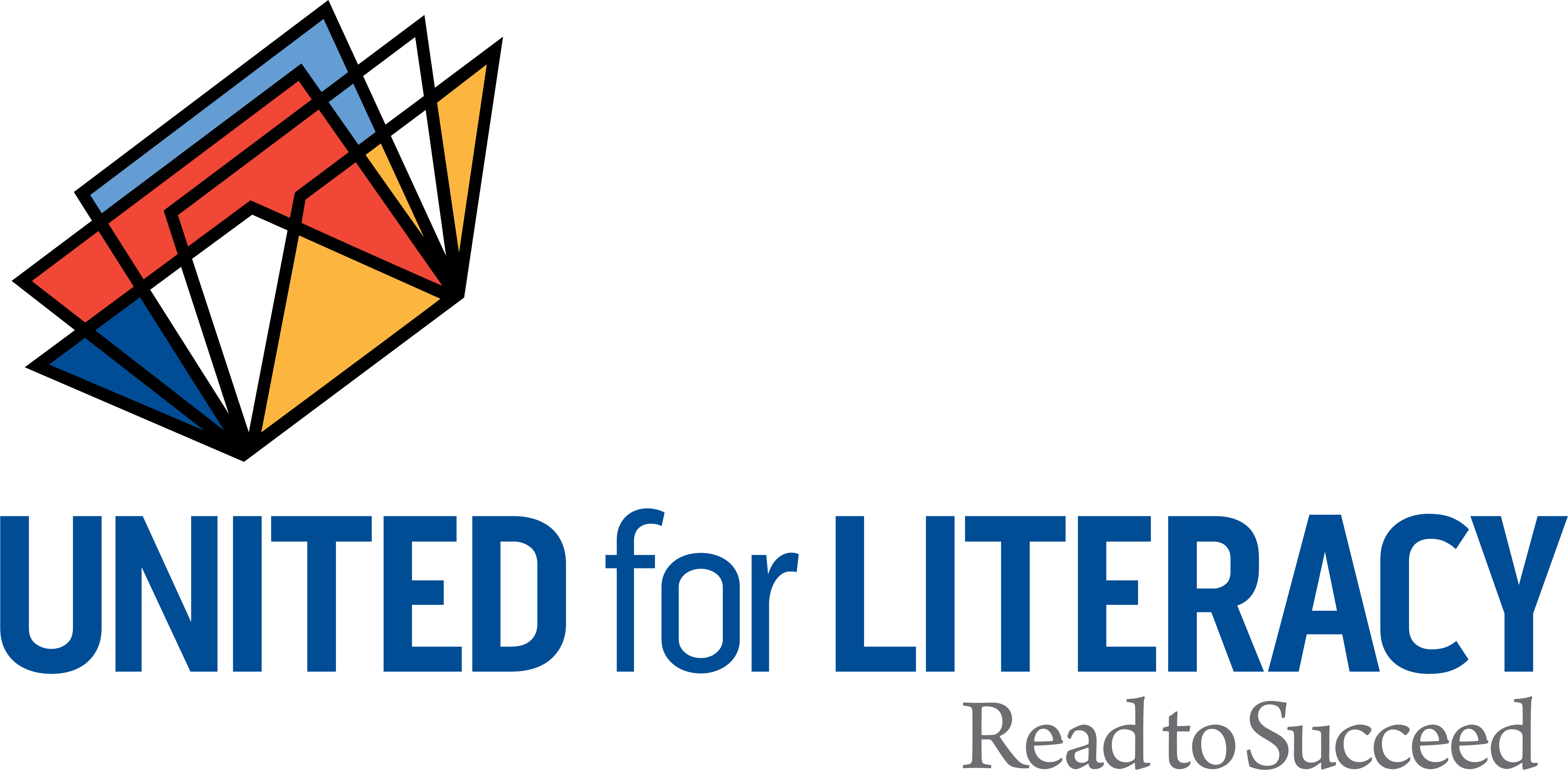
Every new school year brings opportunities for growth and improvement. Schools are usually given ample amounts of time to prepare, run tests, and experiment – up until the pandemic hit.
With mandatory school closures earlier this year, institutions were left grappling with how to continue operating with such an abrupt change in dynamic. As the need for distance learning caught on with a new academic year up ahead, schools – and students – who are not as well-equipped may face additional hurdles.
Troubling numbers
The National Center for Education Statistics found that 14% of students aged 3–18 do not have Internet access in their homes, and 17% do not have computers or laptops to complete their assignments. With everything now digital, these statistics are extremely troubling. 33% of ninth graders in the area are not on track to graduate, and middle school is usually when students get pushed and pulled, or fail out of school. Absenteeism may have already been an issue among underprivileged students in the past, but now, without the tools to get their work done, it may be an even bigger issue. Due to the numerous restrictions, furloughs, and tight financial situation many families may be facing, schooling might just be an additional burden to carry. And this may affect them for years to come.
Equitable access
With technology being a major hindrance to distance learning, schools must think creatively and strategically about how to give all students equitable access to an education when the playing field isn’t level to begin with. Cleveland has one of the highest child poverty rates in the US, and the district has opted to distribute printed work packets together with free meals to be delivered to students’ homes instead. This could well be one of the wisest solutions given the unreliability of distributing mobile hotspots, or attempting to give students devices to conduct their work, which many have tried to do. Here in Rockford, the Rockford Public School District 205 launched a Distance Learning website in March as another method of distance learning. This provided both students and parents a school week’s worth of lesson plans to complete.
With the onset of a new school year, 50% of the district has opted for remote learning in the fall to lessen class sizes for those who proceed with in-person learning. United Way Director of Middle School Success, Nicole Bennett, works closely with students who may veer off track, given that many students returning to school this year may suffer from symptoms of post-traumatic stress disorder.
Extending alternate forms of support
Psychological and emotional wellbeing should be valued just as much as academic wellbeing. It’s important to remember the precarious position many of these students may already have been in prior to the pandemic, which could have affected them in a number of ways. Months in isolation could take a significant toll on these students, especially those who look at school as an escape. In response to this, schools need to extend other forms of support – other than merely pragmatic measures. To lessen the pressure of achieving good grades during this time, educators must also rethink the activities they assign as well as the grading systems they employ, similar to what was implemented through the Rockford Distance Learning plan.
Meet students where they’re at
It’s imperative that educators understand where their students are coming from. Susan Bartel of Maryville University’s online doctorate of education stresses the indispensable value of putting yourself in the shoes of those you seek to serve. This allows you to meet students where they are at, and also urges you to think about the long-term and about the challenges you will all face tomorrow. We’ve discussed tips for ‘Helping Kids Cope with Covid-19’ including the need to ameliorate feelings of desolation and loneliness by maintaining connections. Adult supervision is also necessary in monitoring students’ mental health and schools should make it a priority to check in on students who have not shown up. This, after all, is the mark of a committed and passionate learning institution.
Understanding that students come from different backgrounds and have diverse sets of needs may urge institutions to rethink what distance learning truly means. This unique time is unlike anything anyone has experienced, and therefore extending support should encompass practical, psychological, and emotional needs. When this time has passed, students may not remember the academic lessons they have learned, but rather, the compassion and empathy that has been extended to them.
Written by Bernice Haug for unitedwayrrv.org
Guest Blogger Bernice Haug is a passionate advocate of education for all. She lobbies for causes she believes in and is dedicated to inviting others to do the same. When she's not typing up a thoughtful piece, you'll find her taking a stroll in the local park with her dog, Buddy.

